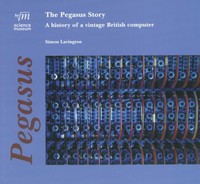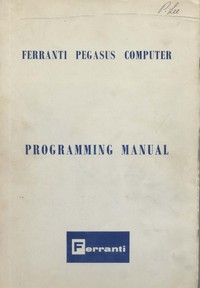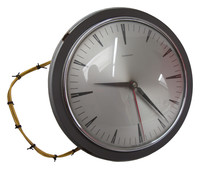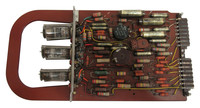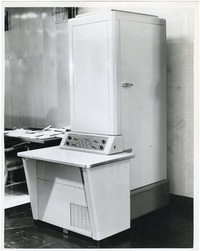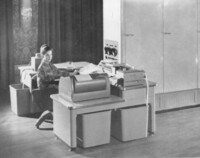The first Ferranti Pegasus goes into service
|
23rd March 1956 The first Pegasus, produced by the UK company Ferranti, went into service on 23rd March 1956. Pegasus was an early British computer, noted for its reliability and ease of use. It had pioneering design features that made it easier to use for both engineers and programmers. It was the first computer to have a general register set architecture – a feature now seen in most modern computers. The Pegasus computer was assembled from hundreds of plug-in electronic packages, each containing two or three vacuum tubes. Originally named the Ferranti Package Computer, it was Ferranti's most popular valve computer. 40 Pegasus systems were sold, between 1956 and 1962. Machine 25, the only Pegasus still working, was installed in a special gallery in the Science Museum, London, in the autumn of 2000. Members of the Computer Conservation Society restored and maintained the device where, for many years, it was the oldest working electronic computer in the world. After developing an electrical fault in 2009, the Science Museum retired it permanently and it is now in off-site storage. Related information:
Image:
Related Items in the Collection:
|
Click on the Images For Detail
|

